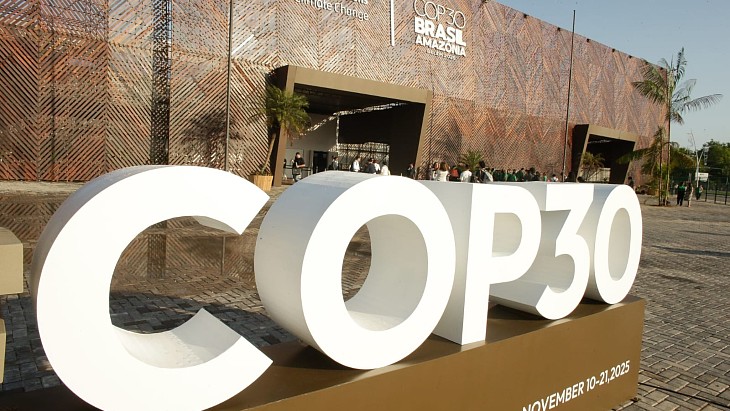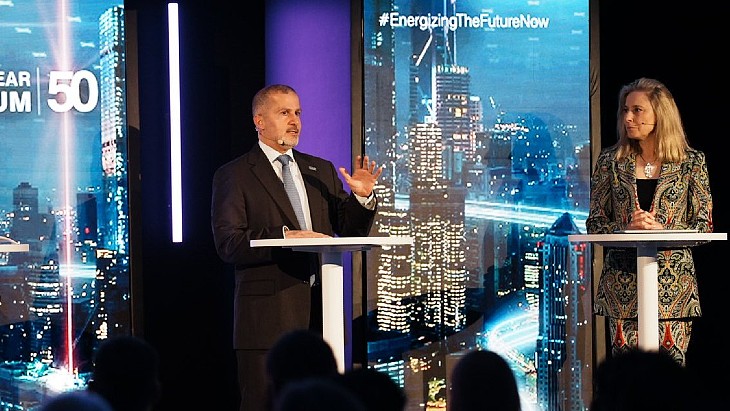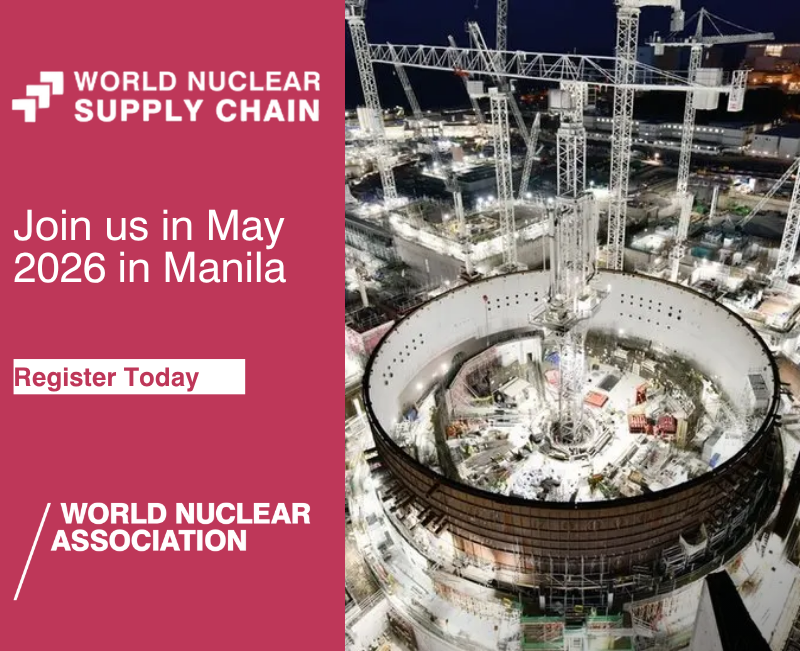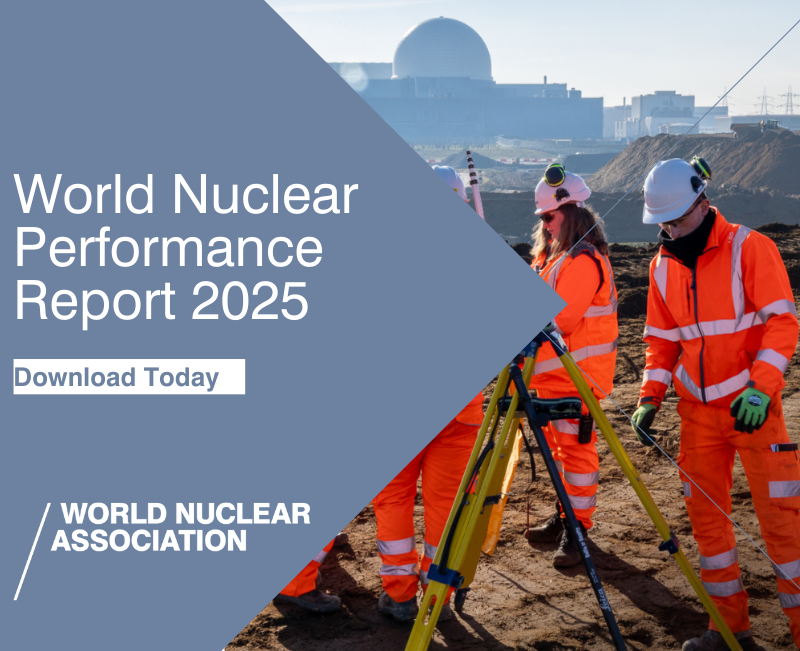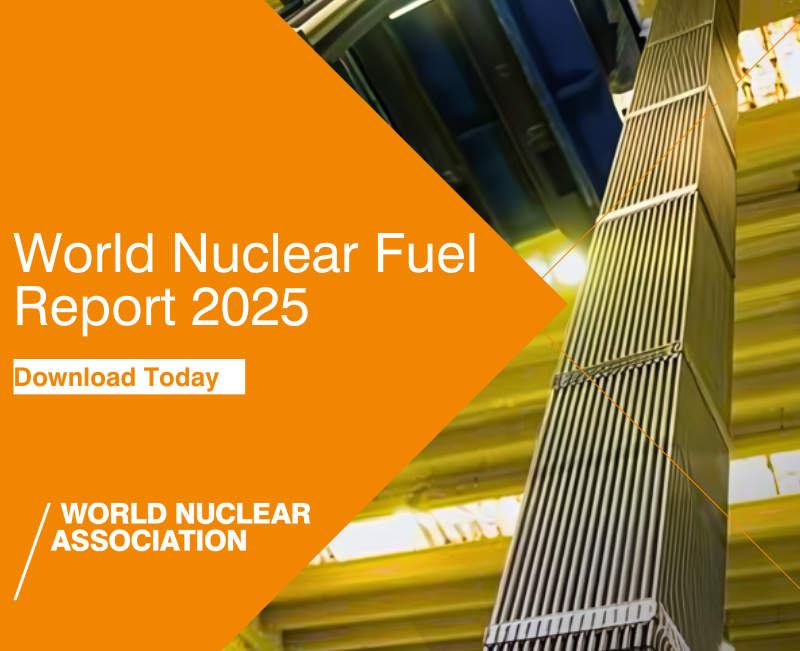According to a decree officially published on the Minister of Justice's website, a government decision was made on 30 December on the construction area, with the resolution entering into force "on the day of its first official publication".
Kazakhstan has well-developed plans for new nuclear, with more than 71% of people who voted in a referendum in October answering yes to the question: "Do you agree with the construction of a nuclear power plant in Kazakhstan?"
In an update on Wednesday, the Ministry of Energy reported that Energy Minister Almassadam Satkaliyev said a national strategy for the nuclear industry up to 2050 was under development. He added that, following the decision on the proposed facility's location, in 2025 "it is planned to select a technology supplier (or consortium) for the construction of a nuclear power plant, as well as conclude an intergovernmental agreement and relevant contracts".
There are reported to be four technology suppliers being considered - China National Nuclear Corporation (HPR-1000), France's EDF (EPR1200), Korea Hydro and Nuclear Power (APR-1000/APR-1400) and Russia's Rosatom (VVER-1200 reactor).
Background
Kazakhstan is the world's leading producer of uranium. Although it does not currently use nuclear energy, it is not without nuclear experience: it has three operating research reactors, and a Russian-designed BN-350 sodium-cooled fast reactor operated near Aktau for 26 years, until 1999.
Kazakhstan has been preparing for a possible nuclear power programme to reduce its reliance on fossil fuels, diversify its energy mix and reduce CO2 emissions for some time. Kazakhstan Nuclear Power Plant (KNPP), a subsidiary of Kazakhstan's Samruk-Kazyna National Welfare Fund JSC, was set up in 2014. As well as being designated as the owner/operator of a future plant, KNPP is tasked with pre-project work including a feasibility study to justify the need for nuclear power - carried out in 2018 - and locating a site.
A site at Ulken, on the shores of Lake Balkhash, has been identified as the most suitable location. The proposed first nuclear power plant would be a large reactor but there are also options for using small modular reactors to replace retiring coal plants in the years to come and a second large plant is being considered with the government's target being for nuclear to produce a 5% share of the national generation mix by 2035.

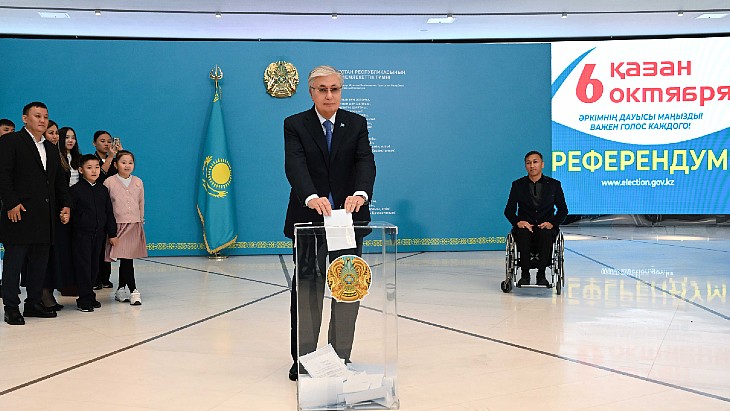



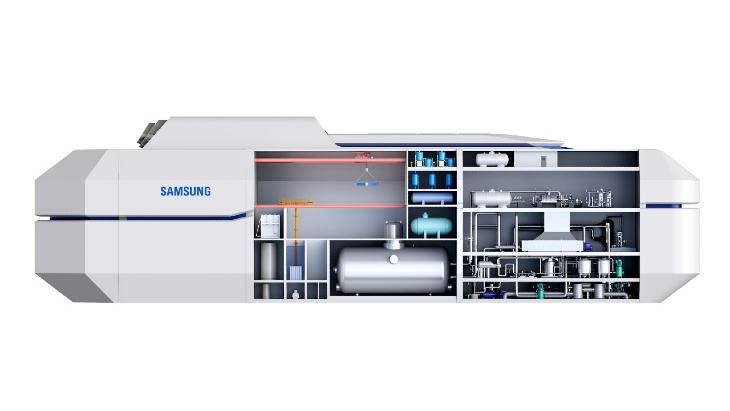
_18570.jpg)
_16159.jpg)
_49205.jpg)
